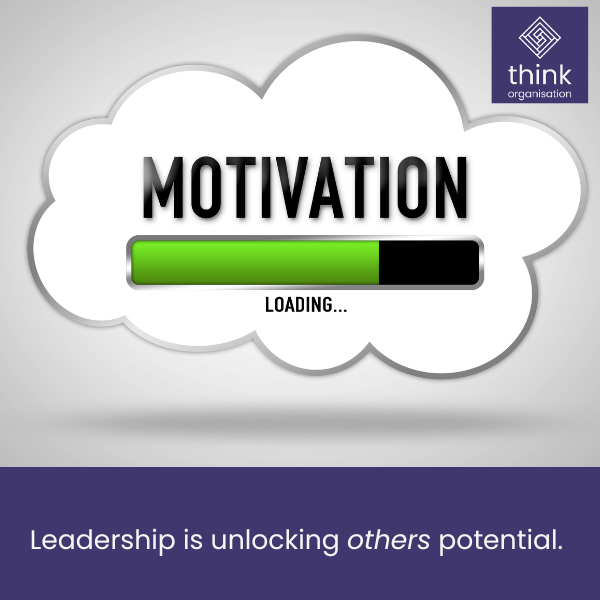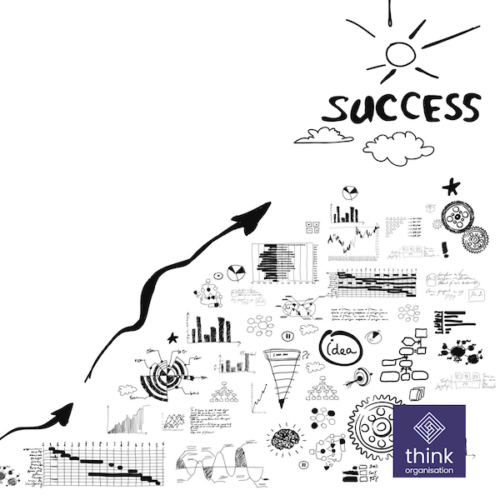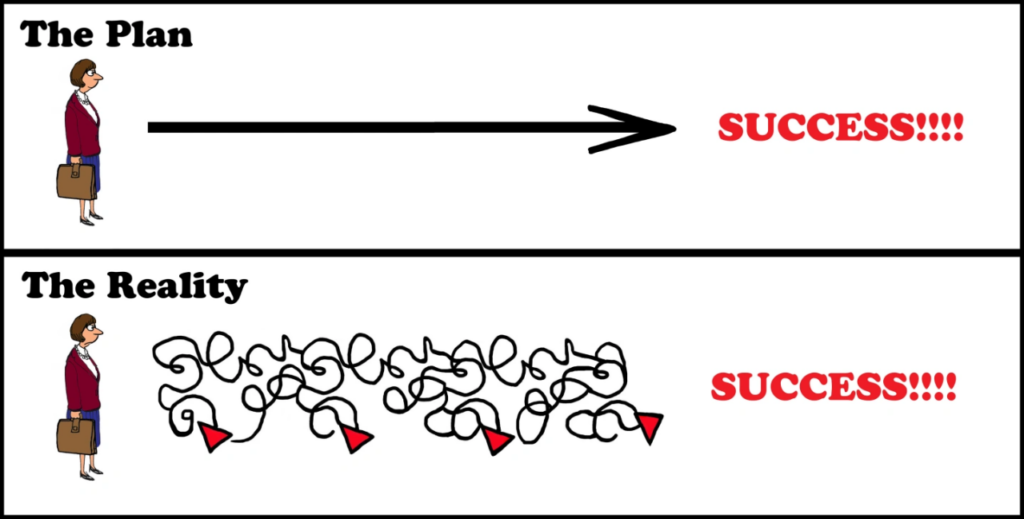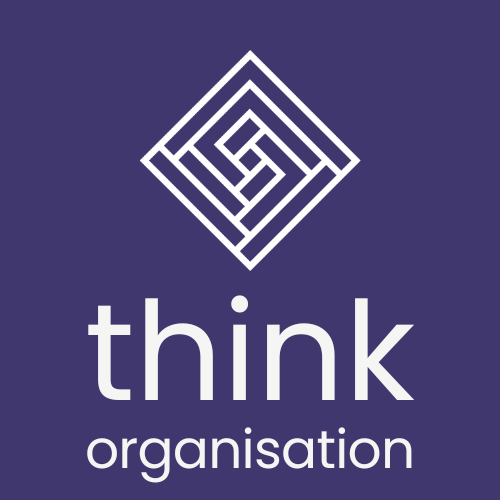Why Football Is A Great Metaphor of Organisational Culture.

Here at Think Organisation we can’t help but notice the connections between football teams and organisational cultures. So how can we use football to demonstrate the importance of culture across organisations?……
Can Leaders REALLY Motivate Their Employees?

The role of the leader is to communicate culture.
Some believe the role of a leader is to motivate others. In reality, the role of a leader is to unite a team, communicate culture, and model core values so that the team fosters harmonious and inclusive work environments where teams are inspired to produce exceptional results…….
Motivation: Understanding What Drives People at Work

The reason a person acts or decides to behave in a certain way is usually down to motivation. Motivation itself is not visible. It is an internal process. Motivation is the driving force behind human actions that initiates, guides and maintains goal-oriented behaviours……
The Importance of Human Behaviour and Artificial Intelligence.

Artificial Intelligence (AI) is everywhere.
First invented in 1950s, it is only recently that Artificial intelligence has become so prolific across society as a whole. Ten years ago AI was still a dream for the majority of us. (Deutsch, 2012)……
What Every Leader Needs to Know About Culture Consultants

Organisational culture is the way things are done in an organisation. Organisational Psychologists are taught how to assess and shape organisational cultures. There is extensive scientific research outlining ways to define, measure or manage culture……
Individuals, Teams and Organisations Need Coaching In Adversity

Overcoming adversity and being resilient are all words which are frequently used in our workplaces today. Many leaders contact Think Organisation asking for training or coaching to help themselves, or their teams, learn how to be more resilient……
How to Successfully Navigate Stress in Your Life
Stress is an external pressure that can positively or negatively impact individuals, teams, organisations or societies……
THINK: How Can You Help People and Organisations Think?

The co-founders of Think Organisation took many months to agree what the Think Organisation should be called because of the power of words. Words possess immense power, shaping beliefs, emotions, and actions. They inspire, console, educate, and influence……
How do you unlock employee engagement in the workplace?

We all spend a third of our lifetime asleep and a third of our lifetime at work (OWID, 2024), so it would be perfect if we could all enjoy our time at work. Organisations benefit with higher innovation and productivity when employees are highly engaged (Gallup, 2020)…….
Why do we need Pac-Man for diversity and inclusion?

Have you ever thought about your childhood experience, and how this experience impacts your thoughts and perceptions of diversity and inclusion today?….
Is your People Experience Missing Baked Beans or Peas?

What signs are there that you have a positive culture? What does your company do to support employees? When you receive external awards do you agree that your company deserves them? Do the social media posts portray your lived experience working in the company? Or is there a cultural mismatch between the external and internal perception?……
Is your culture delivering successful results?

A successful organisation is one which accomplishes its aim or purpose. To do this, people need to be willing, able and aligned. A culture, with highly engaged employees, has been repeatedly proven to deliver significantly higher results…..
Are You A Frustrated Leader Because Of Team Dynamics?

Many clients come to us frustrated about the performance of others. Wasted time, effort or poor quality results from individuals often lead to a whole team not adding the expected value.
Team: is a group of people working together for a common purpose, objective or goal……
Is your toxic culture affecting your well-being?

We have all been there when we start a new job. The organisation described the culture as ‘welcoming, ethical and focused on equality for all’ to recruits. However, the traditions, behaviours and attitudes of the leadership quickly showed this was the ‘wallpaper’ covering an old, unfair and highly sexist business culture…….
What can a successful leader learn from shoelaces?

How often do you assess or measure if you are a successful leader? How often do you ask your team this question?
And what does being a successful leader have to do with shoelaces?……
